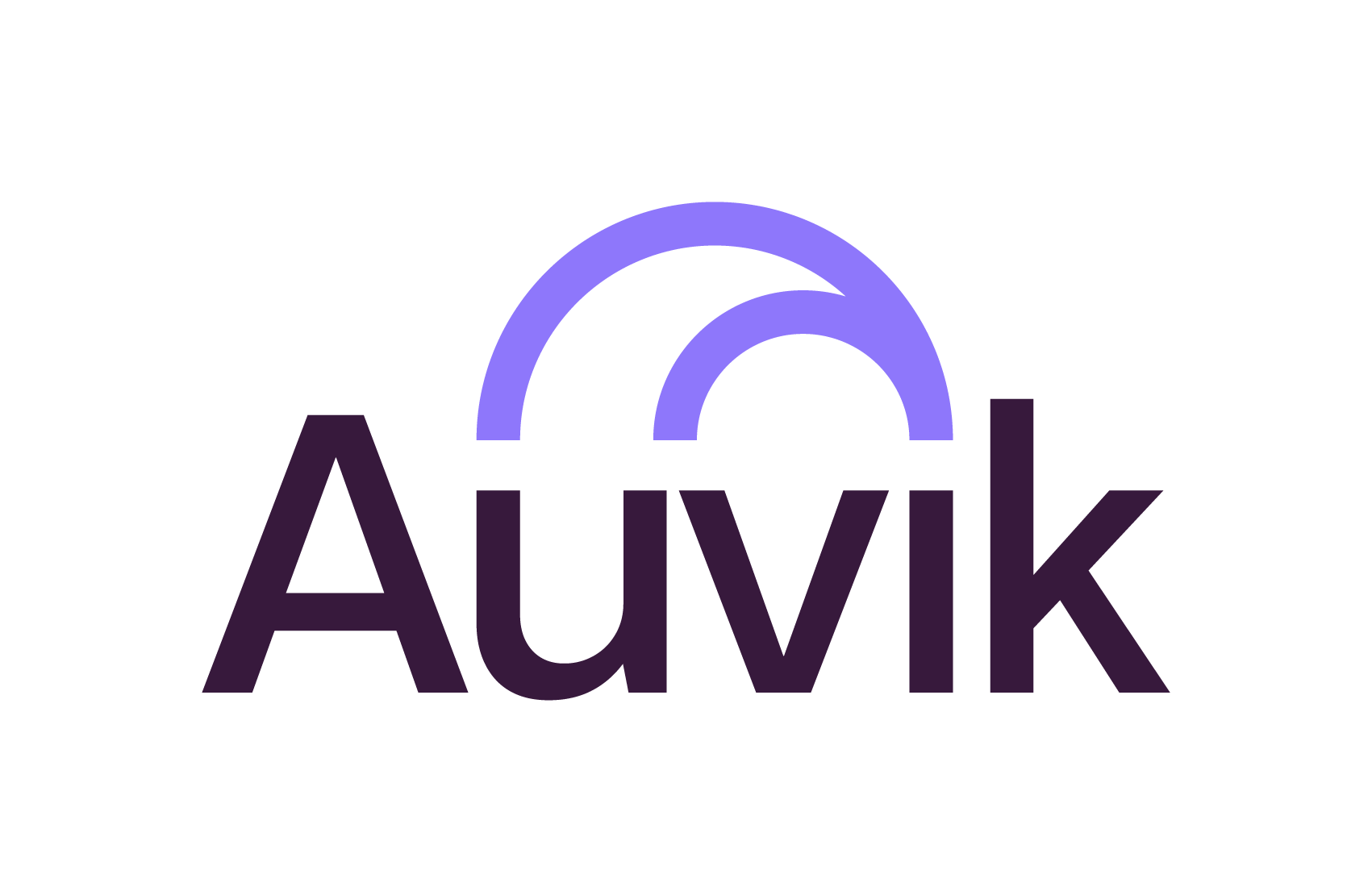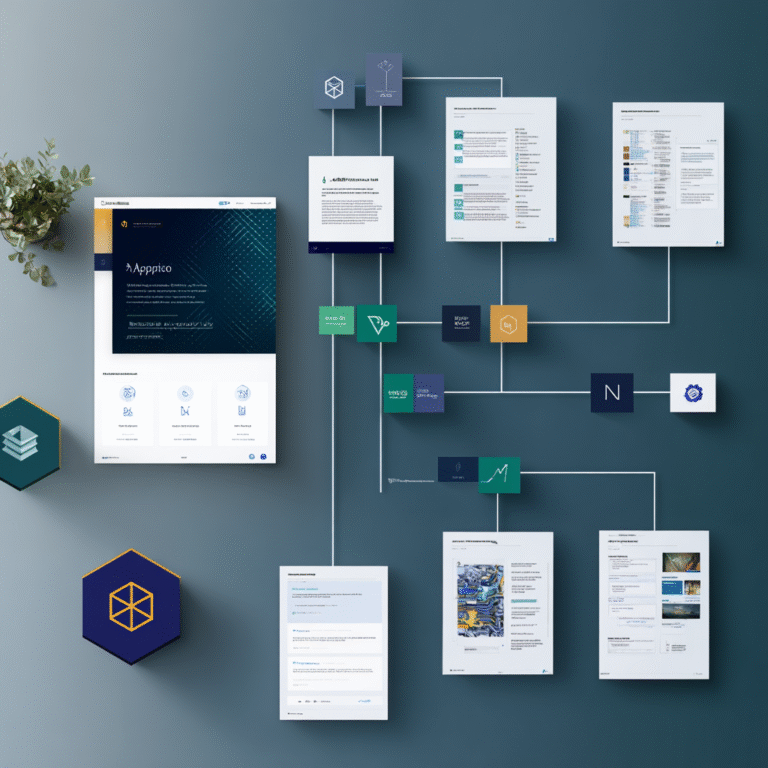I’ve been in that late-night “war room” more times than I care to admit. The helpdesk is blowing up, a critical app is crawling, and everyone’s pointing fingers. Is it the network? The server? A solar flare? The default answer is usually a shrug, followed by hours of painful, manual troubleshooting.
For years, IT teams have been stuck in this reactive loop. We’re firefighters, not architects. But that model is broken. It burns out good people and leaves businesses vulnerable. The real question isn’t if something will break, but whether you’ll see it coming.
This is where the conversation around modern network monitoring, and tools like Auvik, becomes critical. You’ve probably seen their ads or heard the name at a trade show. My goal here isn’t to rehash their marketing points. It’s to give you the ground-truth on what this Auvik tool actually does for an over-stressed IT team, who it’s for, and why it’s not for everyone. Before you dive in, know that you can often start with a 14-day free trial or even speak with an Auvik expert first to see if it’s the right fit for your unique needs.
On This Page
From Blurry Map to Live GPS: What is True Visibility?
Trying to manage a modern network without a real-time topology map is like trying to drive through a new city using a crumpled, decade-old paper map. You might know the main highways, but you have no clue about the traffic jams, the unexpected construction, or the new shortcut that could save you 30 minutes.
Auvik’s first and most immediate impact is its dynamic topology map. The first time you run it, seeing your entire network—every switch, router, firewall, and endpoint—visualized and interconnected feels like a revelation. It’s not just a static diagram; it’s a living blueprint. This isn’t just for show. When something goes wrong, you can see the blast radius instantly instead of guessing which devices are downstream from the failure.
The Core Shift
Auvik moves you from device-by-device management to a state of holistic network awareness. You stop asking “Is this switch okay?” and start understanding “How is the health of this switch impacting this specific application for this group of users?”
Stop Hunting for Clues After the Crash
The biggest time-sink in IT isn’t fixing problems; it’s finding them. Manually logging into a dozen different devices via SSH to dig through logs is a nightmare. It’s a scattered, inefficient process that good monitoring tools make obsolete.
Here’s how the day-to-day changes:
- Early Warnings, Not Alarms: Auvik automatically discovers and baselines your devices. When a switch’s memory usage starts creeping up or a firewall configuration changes without approval, you get an alert. It’s the difference between a smoke detector and a fire alarm—one warns you of a potential problem, the other tells you it’s already a disaster.
- A “Black Box” for Your Network: It centralizes syslog data from all your gear into one searchable place. Instead of hunting for clues across multiple systems, you have a single timeline that shows you exactly what happened and when. I’ve seen this feature alone cut troubleshooting time from half a day to under ten minutes.
- The “Undo” Button for Your Network: This is huge. A minor, undocumented change to a router config can bring everything down days later. Auvik automates configuration backups whenever a change is saved. You get a complete version history, can spot the exact change that caused the issue, and restore a working version with a click. It’s an incredibly powerful safety net.
Myth-Busting: Is Automation a Job Killer or a Career Booster?
I hear a common fear in IT circles: that tools like Auvik are here to automate technicians out of a job. Let’s be perfectly clear—it’s the exact opposite. Thinking that is a career-limiting mistake.
These tools don’t replace skilled pros; they elevate them. Auvik automates the soul-crushing, repetitive work: the manual health checks, the tedious config backups, the frantic data gathering. Honestly, this is the low-value work that keeps IT teams stuck in the firefighting cycle.
By automating it, you free up your team’s brainpower for strategic work: optimizing network performance for new cloud apps, planning for growth, and improving security posture. It allows you to transform your team from a cost center that just fixes broken things into a business enabler that actively improves operations. Mastering these platforms is what separates a career-long admin from a future network architect.
The Honest Breakdown: Auvik’s Pros and Cons
No tool is perfect for everyone. Here’s my no-nonsense take on where Auvik excels and where it might not be the right fit.
Where It Shines (The Pros)
- Insanely Fast Onboarding: The “up and running in under an hour” claim is largely true. Compared to legacy tools that can take weeks to implement, this is a massive win.
- Democratizes Expertise: The UI is clean enough for a junior tech to get meaningful data, bridging the skills gap. You don’t need a CCIE-level engineer to spot basic problems anymore.
- Plays Well with Others: Its integrations with PSA tools (ConnectWise, etc.), documentation platforms (IT Glue), and communication apps (Slack, Teams) are critical. It fits into your workflow instead of creating another silo.
- Real 24/7 Support: When your network is down at 2 AM, getting a knowledgeable human on the line quickly is a huge, often underrated, advantage.
Where It Might Not Fit (The Cons)
- Overkill for Micro-Businesses: If your “network” is one router and a handful of PCs, this is more firepower than you need. Auvik’s value scales directly with complexity.
- It’s Not a SIEM: It’s a huge asset for security hygiene—it tells you a port was opened or a config was changed. It is not a threat intelligence platform that analyzes logs for malicious patterns. You still need dedicated security tools.
- The Cost Conversation: For orgs with razor-thin budgets, the subscription cost is a real factor. The key is to weigh it against the cost of an outage or wasted engineering hours. How much does one hour of downtime really cost you in lost productivity and revenue? That’s the ROI calculation.
Final Take: Is It Worth The Investment?
I’ve evaluated countless platforms that promise to revolutionize IT. Most are just another dashboard. Auvik is different because it relentlessly focuses on solving a core, painful problem: the chaos that comes from not knowing what you have or what it’s doing.
The true value isn’t in any single feature. It’s the combined effect of instant discovery, deep visibility, and smart automation. It creates a sense of control and confidence that allows IT teams to finally get ahead of the curve. It’s an investment in resilience, efficiency, and—frankly—your team’s sanity.
If you’re managing anything more complex than a home office, you owe it to yourself and your business to see what this level of clarity feels like. Consider starting with a 14-day free trial of Auvik. How much more effective could your team be if they spent their time optimizing instead of just reacting?
Frequently Asked Questions
1. How long does it take to set up Auvik?
For most small to medium-sized networks, you can have the collector installed and see your first topology map in less than an hour. The discovery process is highly automated. You can even try it yourself with a 14-day free trial.
2. Does Auvik monitor servers and applications too?
Auvik’s primary strength is network infrastructure devices (switches, routers, firewalls, etc.). While it discovers and provides basic monitoring for endpoints like servers, it is not a dedicated Application Performance Monitoring (APM) or server monitoring tool. It’s best used alongside those systems.
3. Is it agent-based or agentless?
Auvik uses a collector-based approach. You install a lightweight collector (a virtual or physical appliance) on your network. This collector then uses standard protocols like SNMP, WMI, and SSH to communicate with your devices without needing to install an agent on every single one, which simplifies deployment significantly.






Leave a Reply